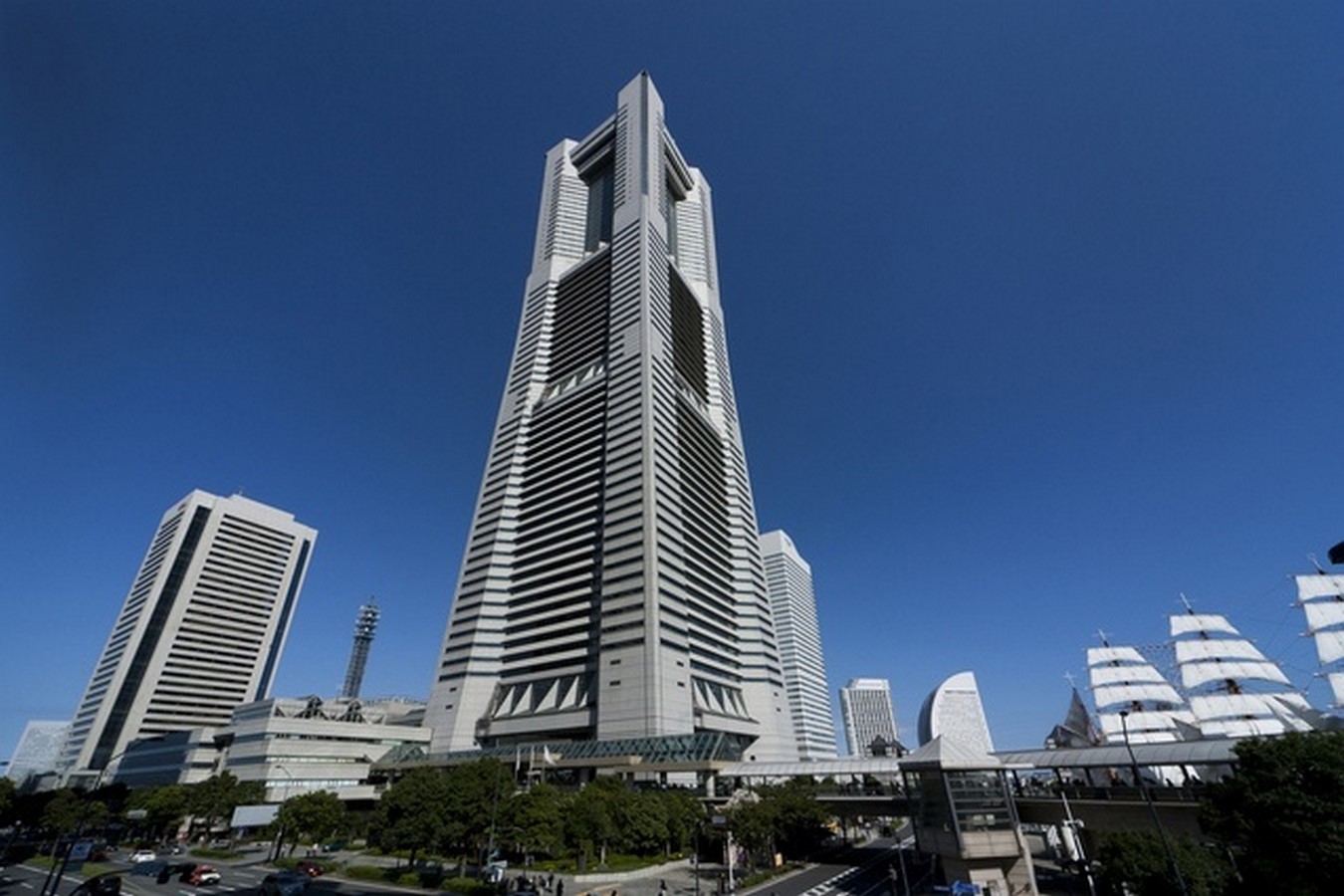The Future Of Earthquake-resistant Structures In Civil Engineering Design

Earthquakes are no laughing matter, but do you know what is funny? Seeing buildings that aren't earthquake proof crumble like a tower of Jenga blocks. Luckily, there are architects and engineers who take earthquake safety seriously and have applied their knowledge and skills to create earthquake-resistant buildings.
What is an earthquake-resistant building?
An earthquake-resistant building is a structure that is designed to withstand the powerful forces of an earthquake. These buildings are constructed with materials and techniques that can absorb and redistribute seismic energy, reducing the risk of collapse or serious damage during an earthquake.
How do earthquake-resistant buildings work?
There are a few key features that help earthquake-resistant buildings stand up to the powerful forces of an earthquake:
- Flexible structures: Earthquake-resistant buildings are designed to be flexible so that they can sway and move with the ground during an earthquake, rather than resisting it and risking collapse.
- Shock-absorbing materials: These buildings are often constructed with materials that are able to absorb the shockwaves of an earthquake and distribute the energy throughout the structure, reducing the stress on any one point.
- Reinforced foundations: A building's foundation is one of the most important factors in earthquake safety. Earthquake-resistant buildings have reinforced foundations that can withstand the ground movements of an earthquake.
- Smart design: Finally, earthquake-resistant buildings are designed with the specific seismic activity of the area in mind, taking into account the frequency, intensity, and direction of potential earthquakes.
What is the strongest earthquake-proof building in the world?
The Yokohama Landmark Tower in Japan is widely considered to be one of the strongest earthquake-proof buildings in the world. Completed in 1993, the tower is located in an area of Japan that is prone to earthquakes, and was designed with advanced seismic technology to withstand even the most powerful tremors.
At 971 feet tall, the tower has a number of features that make it highly earthquake-resistant:
- Tuned mass damper: The tower is equipped with a massive steel pendulum that helps counteract the motion of the building during an earthquake, reducing the stress on the structure.
- Shock-absorbing oil dampers: The tower has 96 oil dampers installed throughout its structure, which help to absorb the shockwaves of an earthquake and distribute the energy throughout the building.
- Flexible steel-frame design: The Yokohama Landmark Tower was constructed with a flexible steel-frame design that allows it to sway during an earthquake, rather than resisting the motion and risking collapse.
- Reinforced concrete core: The tower has a reinforced concrete core that helps to prevent the building from twisting or collapsing during an earthquake.
- Strong foundation: The tower's foundation is designed to absorb the energy of an earthquake and keep the building stable, even during high-intensity tremors.
Why is earthquake-resistant design important?
Earthquakes can cause devastating damage to buildings and infrastructure, leading to loss of life and huge economic costs. Earthquake-resistant design is important because it can help to mitigate the damage caused by earthquakes and improve the safety of people who live and work in earthquake-prone areas.
By designing buildings that can withstand seismic activity, we can help to minimize the risk of collapse and reduce the need for costly rebuilding efforts in the aftermath of an earthquake.
What are some other earthquake-resistant buildings?
The Yokohama Landmark Tower is just one example of an earthquake-resistant building – there are many other structures around the world that employ advanced seismic technology to improve their safety. Here are a few examples:
- The Burj Khalifa: This iconic skyscraper in Dubai, United Arab Emirates, holds the title of the world's tallest building. It was constructed with advanced seismic technology that enables it to withstand earthquakes of up to 7.0 magnitude on the Richter scale.
- The Taipei 101: This 1,667-foot-tall tower in Taipei, Taiwan, was once the tallest skyscraper in the world. It features a flexible steel-frame design and a tuned mass damper that helps to counteract the motion of the building during an earthquake.
- The CCTV Headquarters: Located in Beijing, China, this striking building was designed to resemble a giant loop. Its unique shape allows it to resist the forces of an earthquake, while a tuned mass damper in the building's crown helps to keep it stable during seismic activity.
Conclusion
Earthquake-resistant buildings are an essential part of modern architecture and engineering. As seismic technology advances, we can expect to see even more impressive structures designed to withstand the powerful forces of an earthquake.
By prioritizing earthquake safety in the design and construction of buildings, we can help to reduce the devastating impact of earthquakes and improve the safety of people who live and work in earthquake-prone areas.
So the next time you see a building swaying during an earthquake, remember – it's not a flaw in the construction, it's a feature!


Post a Comment for "The Future Of Earthquake-resistant Structures In Civil Engineering Design"